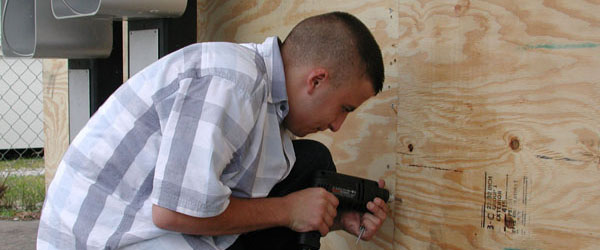HURRICANES

Inspire others to act by being an example yourself,Pledge to Prepare & tell others about it!
Get Hurricane Sandy updates at the National Hurricane Center
A hurricane is a type of tropical cyclone or severe tropical storm that forms in the southern Atlantic Ocean, Caribbean Sea, Gulf of Mexico, and in the eastern Pacific Ocean. A typical cyclone is accompanied bythunderstorms, and in the Northern Hemisphere, a counterclockwise circulation of winds near the earth’s surface.
All Atlantic and Gulf of Mexico coastal areas are subject to hurricanes. Parts of the Southwest United States and the Pacific Coast also experience heavy rains and floods each year from hurricanes spawned off Mexico. The Atlantic hurricane season lasts from June to November, with the peak season from mid-August to late October. The Eastern Pacific hurricane season begins May 15 and ends November 30.
Hurricanes can cause catastrophic damage to coastlines and several hundred miles inland. Hurricane can produce winds exceeding 155 miles per hour as well as tornadoes and mircrobursts. Additionally, hurricanes can create storm surges along the coast and cause extensive damage from heavy rainfall. Floods and flying debris from the excessive winds are often the deadly and destructive results of these weather events. Slow moving hurricanes traveling into mountainous regions tend to produce especially heavy rain. Excessive rain can trigger landslides or mud slides. Flash flooding can occur due to intense rainfall.
Between 1970 and 1999, more people lost their lives from freshwater inland flooding associated with tropical cyclones than from any other weather hazard related to such storms.
 Before a Hurricane
Before a Hurricane
To prepare for a hurricane, you should take the following measures:
- To begin preparing, you should build an emergency kitand make a family communications plan.
- Know your surroundings.
- Learn the elevation level of your property and whether the land is flood-prone. This will help you know how your property will be affected when storm surge or tidal flooding are forecasted.
- Identify levees and dams in your area and determine whether they pose a hazard to you.
- Learn community hurricane evacuation routes and how to find higher ground. Determine where you would go and how you would get there if you needed to evacuate.
- Make plans to secure your property:
- Cover all of your home’s windows. Permanent storm shutters offer the best protection for windows. A second option is to board up windows with 5/8” marine plywood, cut to fit and ready to install. Tape does not prevent windows from breaking.
- Install straps or additional clips to securely fasten your roof to the frame structure. This will reduce roof damage.
- Be sure trees and shrubs around your home are well trimmed so they are more wind resistant.
- Clear loose and clogged rain gutters and downspouts.
- Reinforce your garage doors; if wind enters a garage it can cause dangerous and expensive structural damage.
- Plan to bring in all outdoor furniture, decorations, garbage cans and anything else that is not tied down.
- Determine how and where to secure your boat.
- Install a generator for emergencies.
- If in a high-rise building, be prepared to take shelter on or below the 10th floor.
- Consider building a safe room.
Hurricanes cause heavy rains that can cause extensive flood damage in coastal and inland areas. Everyone is at risk and should consider flood insurance protection. Flood insurance is the only way to financially protect your property or business from flood damage. To learn more about your flooding risk and how to protect yourself and your business, visit the Federal Insurance and Mitigation Administration (NFIP) Web site,www.floodsmart.gov or call 1-800-427-2419. For more detailed information on how you can protect your property, view NFIP’s printer-friendly handout Avoiding Hurricane Damage.
Saffir-Simpson Hurricane Wind ScaleClosed
Storm SurgeClosed
Know the Terms
Hurricane Sandy: Essential LinksPutting the Web to work can help the NJ Spotlight community weather the storm
There's no need to search the Web if you need if you need to find out something fast during Hurricane Sandy -- whether it's news about school closings or the location of the nearest shelter. NJ Spotlight has put together a list of links that should get you through the storm.




